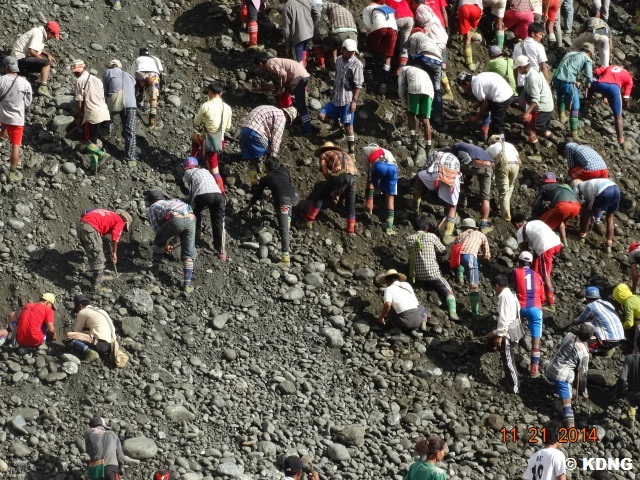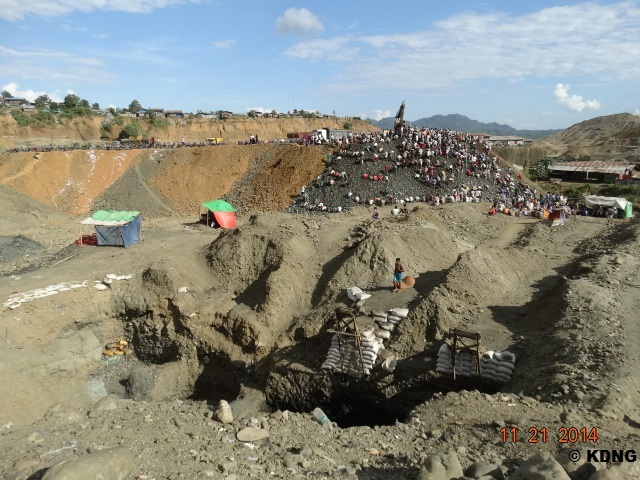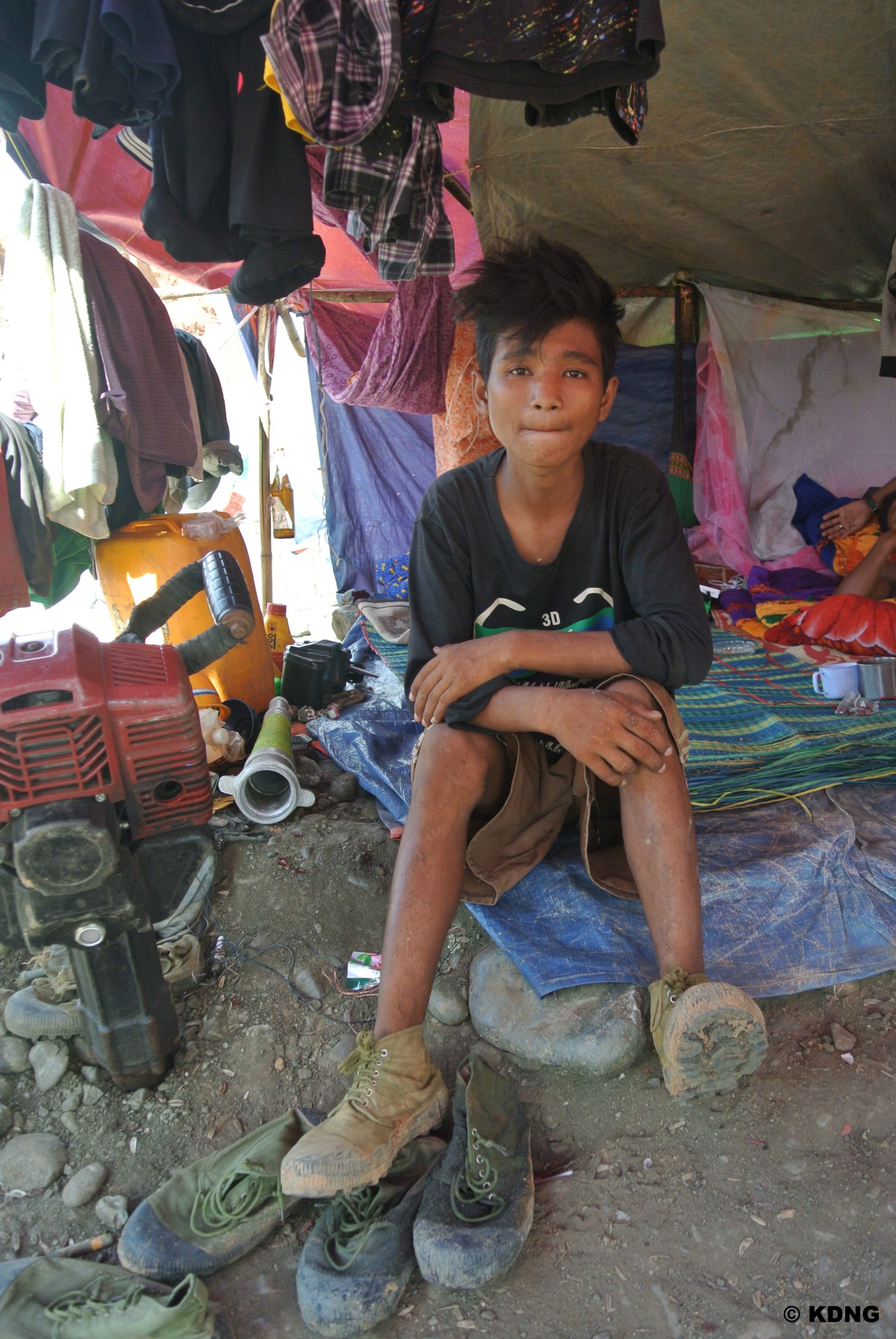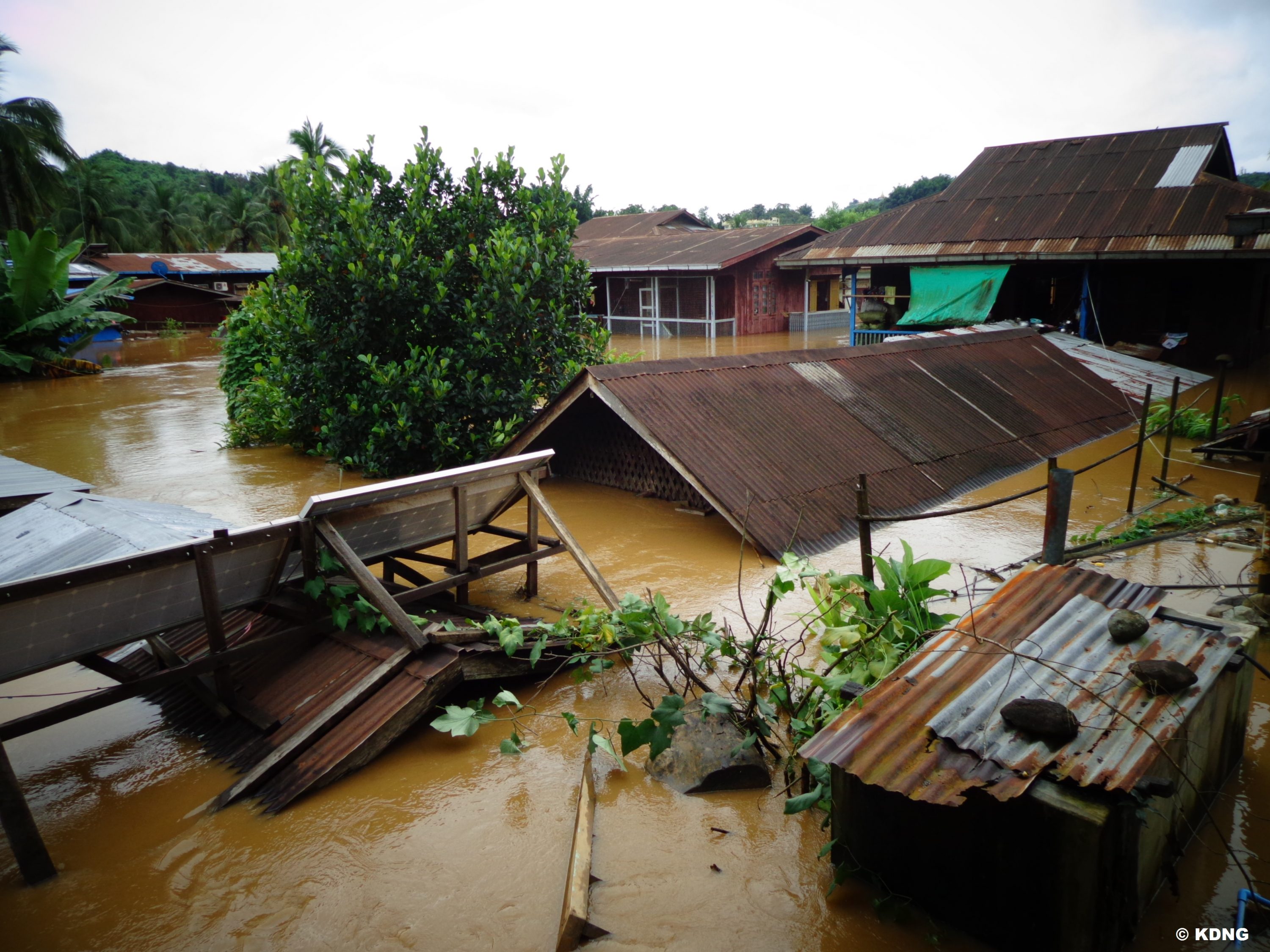How exposing the largest natural resource heists in modern history promotes the Sustainable Development Goals
The Sustainable Development Goals (SDGs) recognise the complexity and inter-connectedness of global development and how factors limiting development are likewise intertwined and mutually reinforcing. Unlike its predecessor, the Millennium Development Goals – which did not fully recognize the complexity of sustainable global development and focused on indicators of poverty rather than causes – the SDGs take a more holistic approach by acknowledging the overlapping and reinforcing nature of the challenges, and identify that solutions must extend beyond the symptoms to the root causes of poverty, including issues of governance, peace, stability and human rights.
A primary underlying cause of under-development is corruption, which robs countries of their wealth, weakens the rule of law and public institutions, and by eroding public trust, destabilises societies. Former United Nations Secretary-General Ban Ki-moon emphasized the importance of rooting out corruption and its impacts on the enjoyment of other SDGs when he said:
“Corruption has disastrous impacts on development when funds that should be devoted to schools, health clinics, and other vital public services are instead diverted into the hands of criminals or dishonest officials. Corruption exacerbates violence and insecurity, and can lead to dissatisfaction with public institutions, disillusion with government in general, and spirals of anger and unrest.”
Investigating corruption is UK-based NGO Global Witness’ clearest contribution to the SDGs. For over twenty years, we have been a leading voice in the global anti-corruption movement, going after the most powerful, corrupt political and economic interests in the natural resource sector. At the heart of our work is an understanding that many of the world’s worst environmental and human rights abuses, devastating conflicts and chronic underdevelopment are a result of the exploitation of natural resources and corruption is a critical, causal factor.

In the Photos: Jade pickers working in Hpakant, Myanmar. Photo Credit: KDNG
Whether it be shady oil deals in Nigeria, the illegal timber trade in Cambodia, conflict-diamonds from Zimbabwe, American lawyers helping to hide illicit funds in anonymous companies, or the world’s largest natural resource heist in Myanmar (Burma), we focus on these issues with the understanding that rooting out corruption in this key, trillion-dollar sector that fuels our planet and has profound impacts on the environment, climate, and communities is critical in achieving so many of the SDGs.
Related Article: “A FUTURE FREE OF CORRUPTION AND VIOLENCE”
Our investigation of the jade business in Kachin State in Myanmar (also called Burma) is an example of how our work supports the SDGs. This story takes us to a remote corner of northeast Myanmar, bordering China in a placed called Hpakant, Kachin State, the site of the biggest natural resource heist in modern history, the looting of the highest quality, largest deposits of jadeite on the planet. Jadeite is the more valuable of the two types of jade, a translucent green stone so prized in China that the highest quality stones are worth more per weight than gold. However, instead of bringing development, jade has only brought conflict, widespread environmental devastation, endemic drug use, and has torn communities apart, all while former army generals and their friends and families, drug lords and ethnic armed groups make millions off the people’s non-renewable wealth.

In the Photo: Jade miners working at a mine site in Hpakant, Myanmar. Photo Credit: KDNG
While the history of jade in Myanmar goes back millennia, the story of how corruption and conflict came to dominate today’s landscape can be traced back to the 1960s, when an ethnic armed group called the Kachin Independence Army/Kachin Independence Organization (KIA/KIO) first established itself in Hpakant. Jade became the group’s main source of funding for over two decades. Then in the early 1990s, the Myanmar army was able to take control of the jade mines which led to a ceasefire between the two groups that lasted until 2011. Once the army got hold of the mines, they proceeded to give away these valuable deposits to themselves and friends and business associates and some other ethnic armed groups. The ceasefire period saw a scramble for Kachin State’s natural resources – jade but also timber – which made some KIA/KIO leaders and Myanmar military officers and their friends and families very rich.
But for the people of Kachin, the ceasefire brought deforestation, land grabs, and an increasing military presence.
Then in 2011, the ceasefire ended and the profits from the natural resources were used to fund the fighting while control over the mines and access to these profits continues to fuel the conflict. This conflict has displaced over 100,000 people from their homes, with government army attacks in just the last few months leaving thousands displaced and suffering, underlying how Kachin’s natural wealth is truly a curse for its people.

In the Photo: A young jade mining worker in Hpakant, Myanmar. Photo Credit: KDNG
Corruption and conflicts-of-interest mars every step of the jade mining process. The main jade concessions are in government-controlled areas and blocks are awarded through a centrally-controlled process which favours companies connected to powerful figures and high-ranking officials. Under the rule of former junta leader Senior General Than Shwe, companies owned by his family and politically-aligned cronies, including U.S. sanctioned drug lord Wei Hsueh Kang, were awarded lucrative mining permits and allowed to siphon off billions from the country’s most valuable natural resource. Our investigation found that many Chinese investors engage directly in mining jade, providing the funding to secure the best concessions and cover the cost of the expensive mining operations. Once mined, most of the highest quality stones are smuggled out of Myanmar, with little of the taxes and other money from jade actually making its way to the people of Myanmar, let alone Kachin State. In fact, industry sources told us that 50-80% of jade is smuggled directly over the border to China, the world’s biggest market for the precious gemstone.
However, instead of bringing development, jade has only brought conflict, widespread environmental devastation, endemic drug use, and has torn communities apart
In 2015, Global Witness published a landmark report, Myanmar’s “Big State Secret”, which exposed how these military elites, crony companies and U.S.-sanctioned drug lords were creaming vast profits from the country’s most valuable natural resource, while communities endure poverty and environmental hazards, such as landslides and flooding. We found that Myanmar’s jade resources were worth up to an estimated $31 billion in 2014, a staggering amount equivalent to nearly half of the country’s gross domestic product or 46 times the amount the government spent on health care. We estimated that the Myanmar government received under $374 million in official revenues in 2014 – less than 2% of production value. Just imagine what the government could have done with the billions it should have received in jade revenues?

In the Photo: Hpakant town suffered severe flooding in 2014. Photo Credit: KDNG
Our report received widespread global media attention and shook the industry in Myanmar. Since then, we’ve been advocating for change to the management of the jade sector, pushing for transparency and supporting efforts to root out corruption and conflicts-of-interest. As a result of our work (and others) the Myanmar government suspended issuing new and extending existing jade and gemstone licenses last year and committed to a process of revising the policies and laws that govern the gemstone sector. The reform is ongoing and we’re pushing for these changes to incorporate requirements for the disclosure of beneficial ownership as well as payment and licensing information that will increase transparency in the sector and serve as an example for other industries in Myanmar. If done properly, the reform efforts would mean for the first time, companies would be forced to disclose who owns and controls them, and how much they pay the government in taxes and other fees. These are crucial reforms needed so the people and government of Myanmar receive the benefits from this valuable resource.
Although efforts to tackle the corruption that plagues the jade sector in Myanmar seem to be moving in the right direction, there is still much that needs to be done. Before the people of Myanmar can benefit from their natural wealth and move forward on a path of sustainable development, the root causes of the conflict in Kachin State and throughout the country need to be addressed. Rooting out corruption is a necessary pre-condition if the people of Myanmar are to achieve the SDGs goals of eradicating poverty in all its forms and dimensions.
Contributing Author:
 Thomas Haitsma, a final year BA International Relations and International Organisations undergraduate student at the University of Groningen, Netherlands. He spent his summer interning at Global Witness where he applied his interests in International Relations and the environment, and is now working on his final thesis on the topic of environmental governance.
Thomas Haitsma, a final year BA International Relations and International Organisations undergraduate student at the University of Groningen, Netherlands. He spent his summer interning at Global Witness where he applied his interests in International Relations and the environment, and is now working on his final thesis on the topic of environmental governance.
Featured Photo: A jade stone being assessed for quality at the Myanmar Gems Emporium Photo Credit: KDNG
EDITOR’S NOTE: THE OPINIONS EXPRESSED HERE BY IMPAKTER.COM COLUMNISTS ARE THEIR OWN, NOT THOSE OF IMPAKTER.COM.










